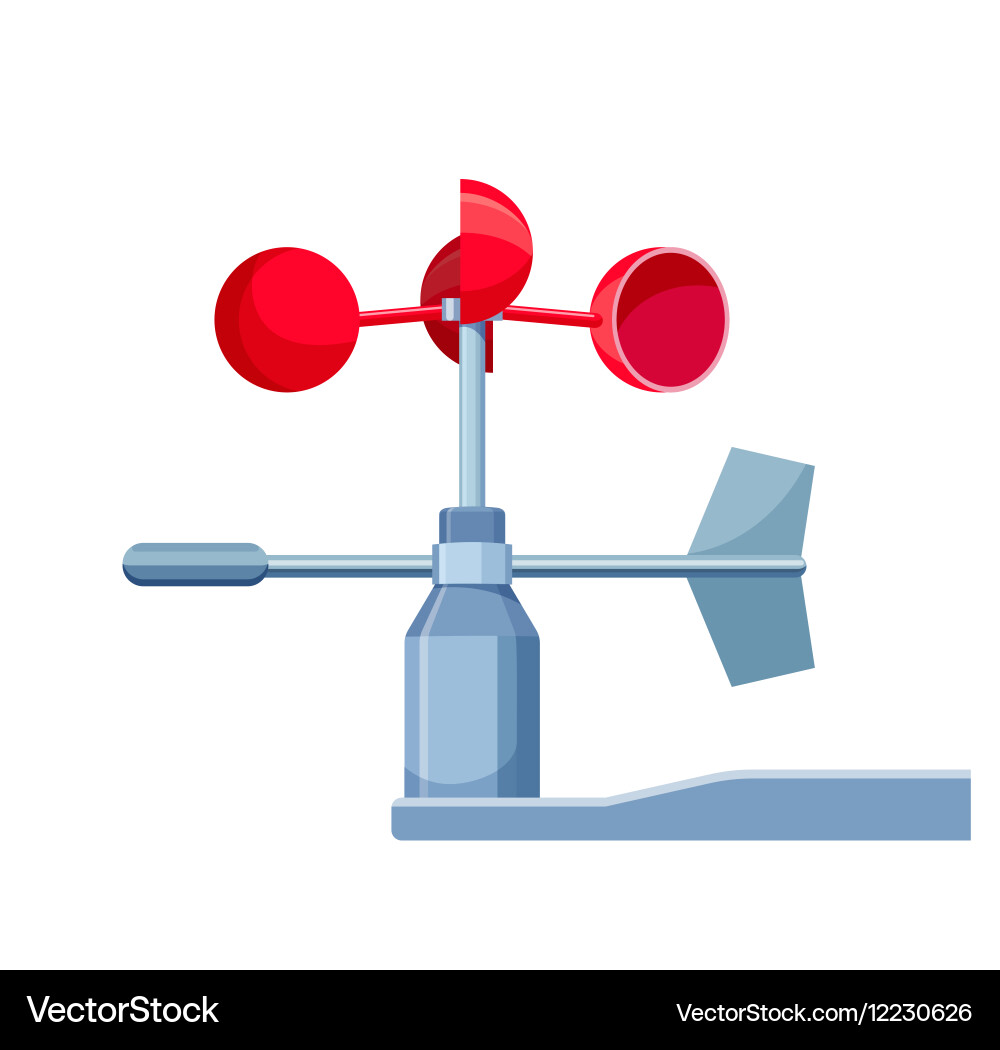How to Preserve and Care for Your Anemometer to Guarantee Longevity
How to Preserve and Care for Your Anemometer to Guarantee Longevity
Blog Article
All You Need to Know Regarding Anemometers: Just How They Function, Why They Issue, and Where to Utilize Them
Anemometers, however frequently forgotten in the world of scientific tools, play a crucial function in different areas, offering useful understandings right into wind speed and airflow patterns. As we dive into the complexities of anemometer technology, we will discover the internal operations of these devices, their importance, and the crucial considerations when picking the appropriate anemometer for certain applications.

Anemometer Fundamentals
A necessary instrument made use of to gauge wind speed and direction, the anemometer plays an essential function in weather forecasting and various sectors. An anemometer typically contains three or 4 mugs that revolve in the wind, a vane that directs into the wind, and sensors to track the turnings or activities. By computing the rotations or movements over a details period, the anemometer can establish wind speed. The vane helps establish wind instructions by directing into the wind, giving useful data for climate forecasting, aeronautics, maritime procedures, ecological surveillance, and wind power applications.
There are various types of anemometers readily available, including cup anemometers, vane anemometers, hot-wire anemometers, and sonic anemometers, each with its distinct attributes and applications. Cup anemometers are frequently made use of for fundamental wind rate measurements, while vane anemometers are liked for directional dimensions.
Concepts of Anemometer Procedure
Building on the fundamental understanding of anemometer fundamentals, the principles of anemometer operation illuminate the technicians behind wind speed and instructions dimensions. Anemometers run on the principle of air flow influencing a sensing unit, causing it to turn. Cup anemometers, as an example, have 3 or even more mugs that record the wind, causing them to rotate much faster as the wind speed boosts. The rotation speed is after that exchanged a wind speed dimension. Vane anemometers, on the various other hand, make use of a tail or a probe that straightens itself with the wind instructions, providing a measurement of wind instructions based upon the alignment of the sensing unit. Hot-wire anemometers rely upon a heated wire that cools down as wind overlooks it, with the price of cooling down establishing the wind rate. Ultrasonic anemometers procedure wind rate and direction by examining the time it takes for ultrasonic signals to travel in between transducers. Recognizing these concepts is vital for trusted and exact wind dimensions in different applications.
Relevance of Anemometers
Anemometers play a critical role in determining wind rate and direction, supplying important data for weather condition projecting, environment studies, ecological surveillance, and aviation procedures. Meteorologists count on anemometers to gather exact wind information, assisting them comprehend climate patterns, predict storms, and issue timely warnings to the public. Wind farm operators use anemometers to examine wind problems and make best use of electrical energy production from wind turbines.
Applications Across Various Industries
Applications of anemometers cover throughout varied sectors, showcasing their versatility and energy beyond meteorology. In the eco-friendly energy sector, anemometers play an essential role in evaluating wind problems for wind ranch placements, ensuring ideal energy manufacturing. Industries like building and mining utilize anemometers to monitor wind speeds, crucial for safety methods, especially when working at elevations or in open-pit mines where strong winds can pose hazards. Anemometers are additionally indispensable in the aviation industry, assisting pilots in comprehending airspeed and wind direction for safe great post to read take-offs and landings. The maritime field take advantage of anemometers for ship navigating, helping sailors anticipate weather changes and adjust courses appropriately. In farming, anemometers help farmers in managing crop spraying by offering real-time data on wind rate to avoid drift. Anemometers find applications in Heating and cooling systems to optimize air flow and improve energy effectiveness in structures. The diverse usage cases of anemometers underscore their importance across different markets, highlighting their important duty in enhancing operational safety and effectiveness (anemometer).

Picking the Right Anemometer for Your Demands
For general objectives, a cup anemometer is ideal for determining wind rate, while a vane anemometer provides wind instructions data. Hot-wire anemometers are optimal for low airspeed dimensions, and ultrasonic anemometers use high accuracy and toughness.

Verdict
Finally, anemometers play a critical role in determining wind rate and direction across numerous industries. Recognizing the principles of anemometer operation is crucial for picking the right tool for particular demands. From meteorology to aeronautics, anemometers are essential devices for making certain and accumulating accurate data safety and security in different applications. It is very important to consider the relevance of anemometers in order to make informed decisions when picking the most suitable gadget for measuring wind problems.
There are different kinds of anemometers offered, consisting of cup anemometers, vane anemometers, hot-wire anemometers, and sonic anemometers, each with its distinct features and applications. Mug anemometers are commonly utilized for fundamental wind rate measurements, while vane click anemometers are liked for directional dimensions. Hot-wire anemometers are suitable for low airspeeds, and sonic anemometers are perfect for high-precision dimensions in research and commercial setups.Structure on the foundational understanding of anemometer basics, the principles of anemometer operation illuminate the mechanics behind wind speed and direction dimensions. For basic purposes, a cup anemometer is appropriate for determining wind speed, while a vane anemometer provides wind instructions data.
Report this page